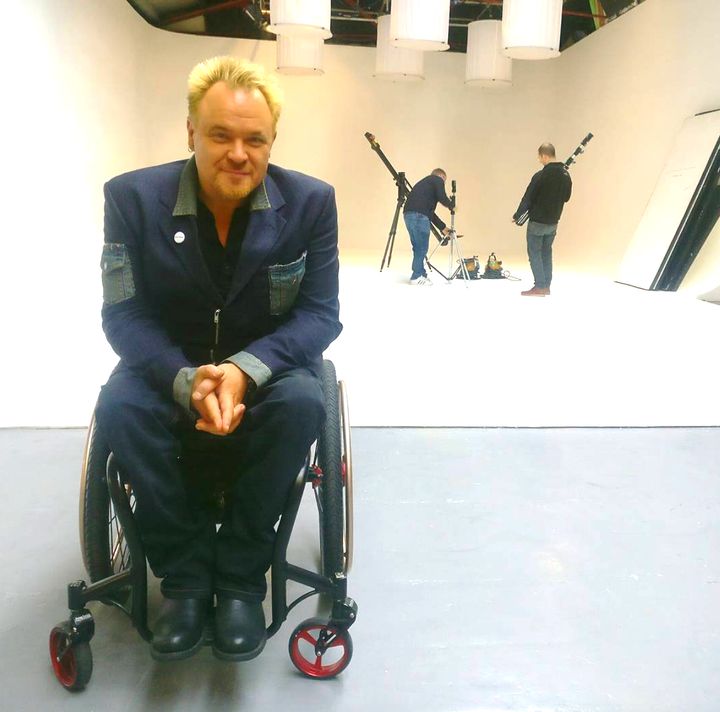Almost one in five people in the UK are disabled. That adds up to 12 million people with a collective spending power of £249 billion, yet neither the high street nor individual retailers are catering to them. “We are an untapped market and at a time when the high street is suffering that’s an opportunity too good to miss,” broadcaster Mik Scarlet told HuffPost UK on Purple Tuesday.
For the uninitiated, Purple Tuesday is the day when campaigners and charities focus on raising awareness of the many barriers making it hard for disabled people to work, spend money in shops (or online) and enjoy a drink or meal out.
The aim of the day is simple: to make businesses aware of what and how they can do better. Retailers are being encouraged to sign up and, as of Monday morning, more than 700 businesses had joined the initiative including Asda, Sainsbury’s and Marks and Spencer.

So what can retailers be doing to change? There needs to be a two-pronged approach to the issue, Mik Scarlet said. “Firstly businesses need to become more physically accessible, from [larger] doorways to things like spaces between racks and larger changing rooms,” he explained.
“Alongside the physical stuff that lets those with mobility issues get into shops there has to be staff training to allow them to give good quality customer service that supports disabled shoppers to spend money.”
Mike Adams, CEO of Purple, a not-for-profit campaigning for businesses to be more inclusive, added that shop staff should feel confident saying “Hello, can I help you?” to everyone.
“There is still a real fear of unintentionally offending disabled people which leads to front line staff avoiding the conversation altogether or talking to who the disabled person is with instead,” he explained. “Good customer service costs nothing, but makes all the difference to the shopping experience.”
The Royal National Institute of Blind People (RNIB) tweeted that companies should make shops and restaurants more accessible for blind and partially sighted people by using larger print labels and menus, and having better lighting.
For customers with autism or for people who might struggle with the typical supermarket experience, some retailers have recently introduced quiet hours, which are already proving successful.
Morrisons stores across the UK host a ‘Quieter Hour’ every Saturday from 9-10am. During this time store lights are dimmed, music is turned off, there are no tannoy announcements, and checkout beeps and other electric noises are turned down.
But it’s not just the physical world that needs to change. Paralympian Anne Wafula-Strike said: “We are living in an era that is running on technology and retailers need to have disabled shoppers in mind when planning.
“Retailers and brands should consider making their websites more disability- friendly by using accessible features to cater for different types of disabilities.”
Brands should feature alt tags, for example, which can help people with visual impairments determine what’s on the screen (as their screen reader will read aloud the descriptions in the alt tags). To help those with hearing impairments, subtitles in videos should also come as standard,
For more information on Purple Tuesday’s activities and advice for shoppers and businesses, visit its website here.